How to Force Branches From Flowering Trees & Shrubs to Bloom Indoors
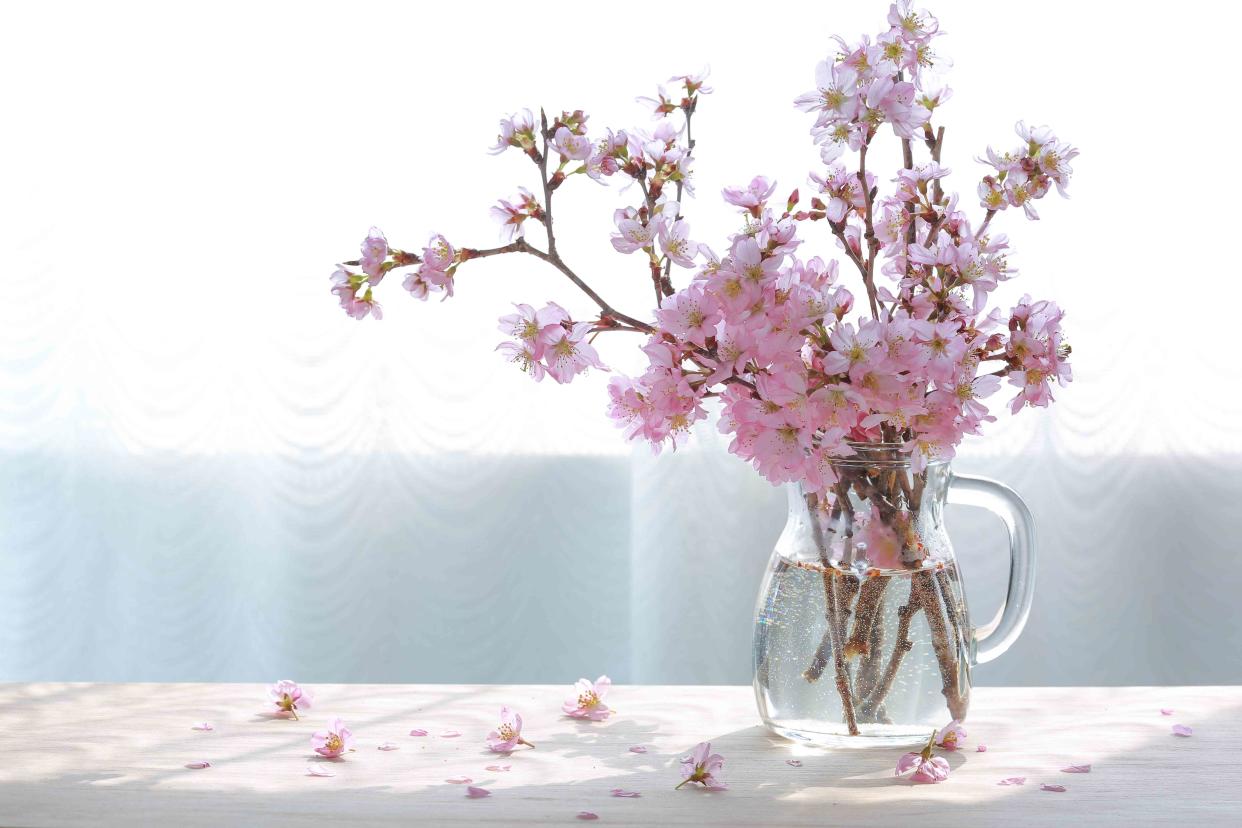
For a bit of early color and fragrance inside your home or office, branches from many common flowering trees and shrubs can be forced to blossom indoors, even when the weather outside is cold and dreary. Whether you take cuttings specifically for forcing or use some branches from your winter pruning, forcing flowering trees and shrub branches inside is fairly simple and doesn't have to cost you a penny. Best yet, flowering branches are an excellent alternative to store-bought cut flowers, which are usually imported and can come with questionable provenance.
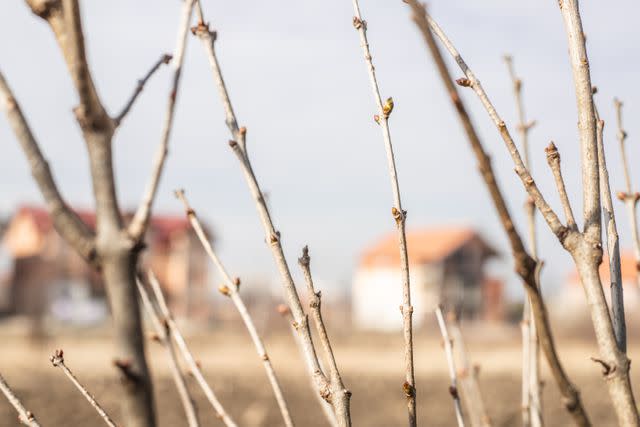
Treehugger / Sanja Kostic
Waiting for the first flowers of spring, especially in regions with heavy snow cover, can be a major exercise in patience, but with a little bit of work, your home can have flowers in every room. From the classic forsythia and pussywillow, which are quicker to bloom, to the more exotic-looking flowers, such as magnolia, there is a wide variety of trees and shrubs to choose from, including fruit trees.
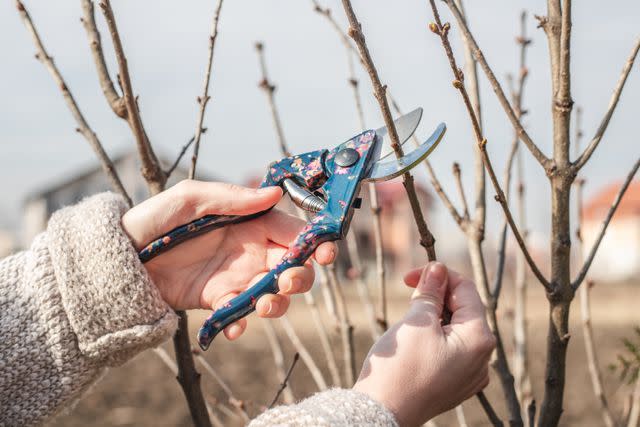
Treehugger / Sanja Kostic
What Branches to Look For
When cutting branches for forced flowering, look for:
Young branches with many flower buds on them
Flower buds that appear larger than the leaf buds
Branch shoots that are at least 12 to 18 inches (30 to 45 centimeters), depending on how large your vases are, and about the diameter of a pencil.
For fruit trees, which tend to flower from short spurs off of the main branch, look for branches with a number of spurs on them.
Using sharp pruning shears or garden scissors (which make a clean cut and minimize injuries to the tree), remove the chosen branches with an angled cut close to a bud or side shoot on the tree.
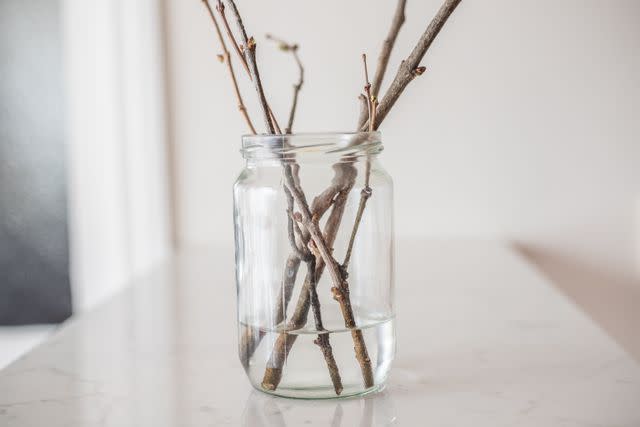
Treehugger / Sanja Kostic
What to Do Once You've Cut the Branches
Bring the branches indoors and put the cut ends in warm water, letting them soak overnight in a warm location and out of direct sunlight. Then recut the branches to fit the vases or other containers that you'll be using, after filling the vases with room temperature water and then adding either a commercial flower preservative or a homemade version to the water. This step isn't totally necessary, but it can help to prolong the life of the branches while in the vase.
Related:How to Make Cut Flowers Last Longer
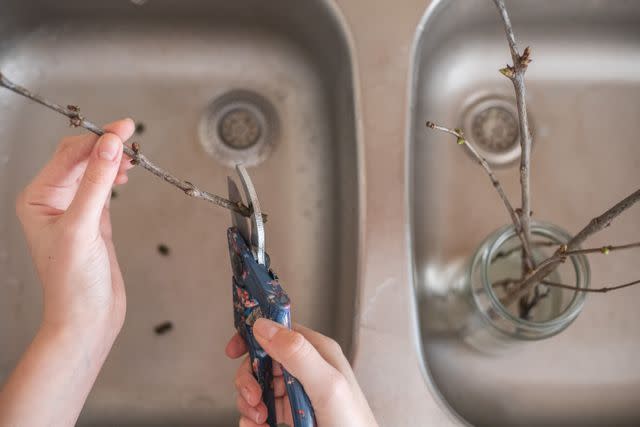
Treehugger / Sanja Kostic
For optimal conditions, either cover the vases with a bag to increase the humidity, or mist with water several times a day, and keep them in a cooler and darker area until the buds are ready to open, and then move them to the desired location. For a continual supply of flowering branches, keep a variety of cuttings in buckets until they begin to bloom, and then remove and display the blooming branches in vases, replacing the cuttings with new ones as desired.
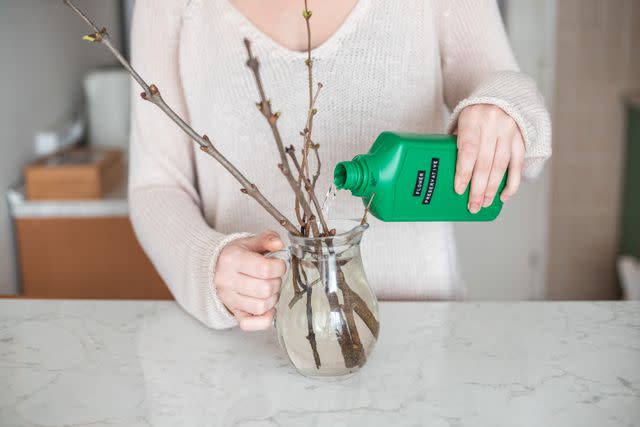
Treehugger / Sanja Kostic
Depending on the variety of flowering shrub or tree, the branches will begin to bloom as quickly as one week or as long as four to six weeks after cutting. The water in the vases should be changed at least once a week for the best results. Some branches may start rooting in the vases, at which point the branches can be removed, pruned back, and potted up in soil for later planting outdoors after the last frost date has passed.
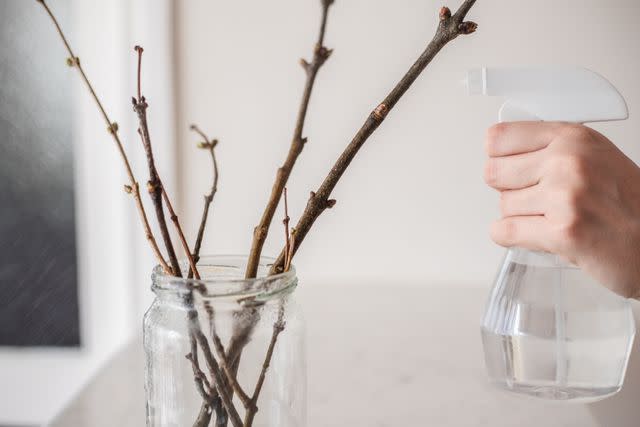
Treehugger / Sanja Kostic
What Varieties are Good For Forced Blooming?
The following are some of the most commonly forced varieties, but almost any species of flowering trees and shrubs can be forced indoors, so feel free to try any that strike your fancy:
Alder
Almond
Apple
Azalea
Beech
Buckeye
Cherry
Crabapple
Dogwood
Flowering Quince
Forsythia
Honeysuckle
Lilac
Peach
Pear
Plum (my favorite)
Pussywillow (and other willows)
Redbud
Rhododendron
Serviceberry
Spirea
Wisteria
Witch Hazel
The best place for finding out about the best varieties of shrubs and trees in your region for forced flowering indoors, contact your local Cooperative Extension System office or gardening clubs and be sure to always ask permission from the owners before cutting branches on trees that aren't yours.
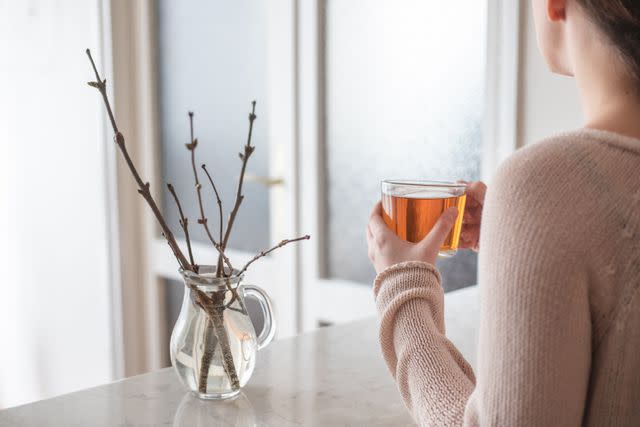
Treehugger / Sanja Kostic
One tricky thing about forcing branches is that you'll be cutting them when there aren't any leaves yet, so if they aren't your trees, you need to locate and identify them during the summer, when in full leaf or fruiting. Otherwise, you'll have vases full of mystery branches, which can be fun as well, but not nearly as reliable as with cuttings from known varieties.

